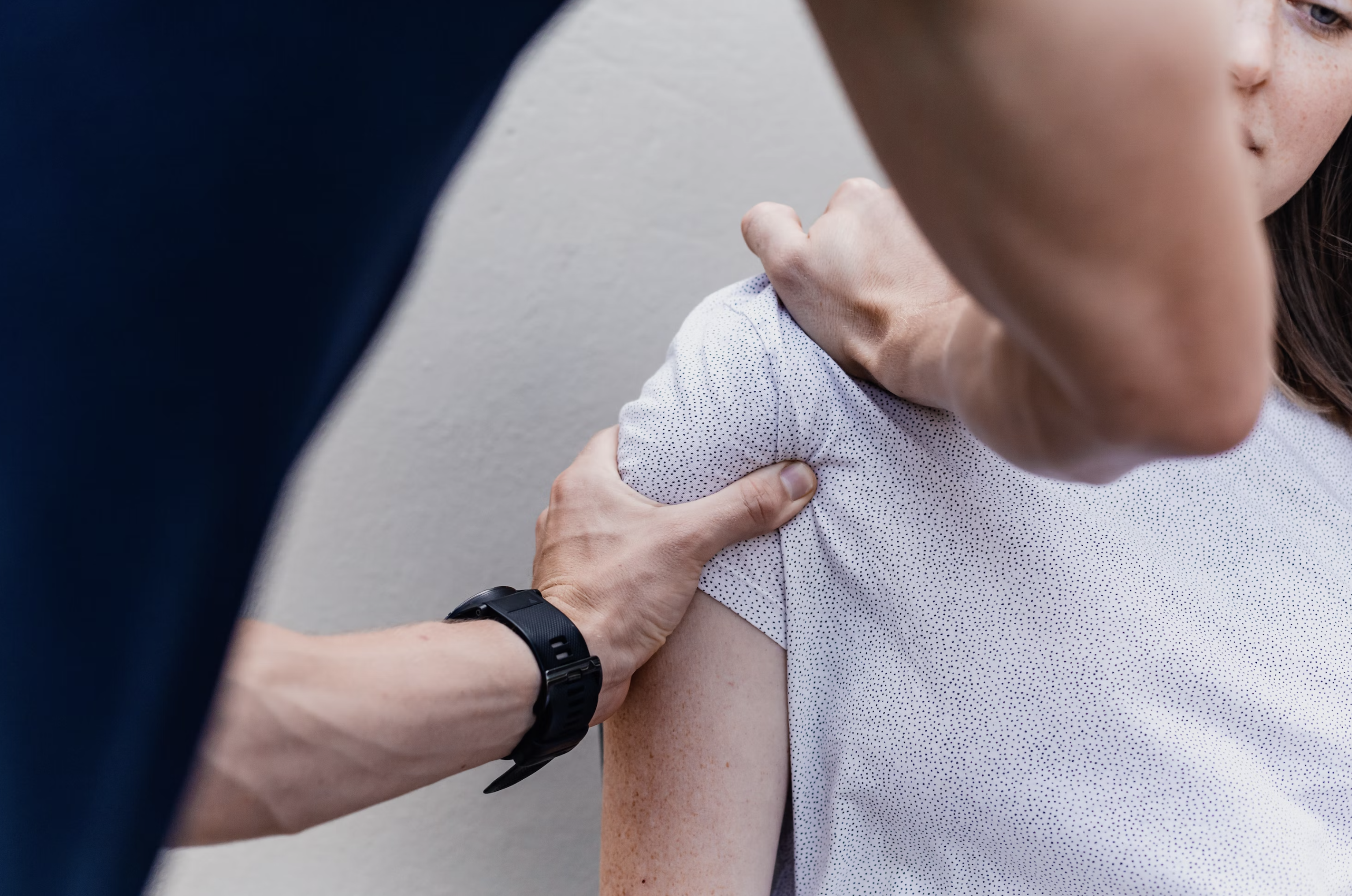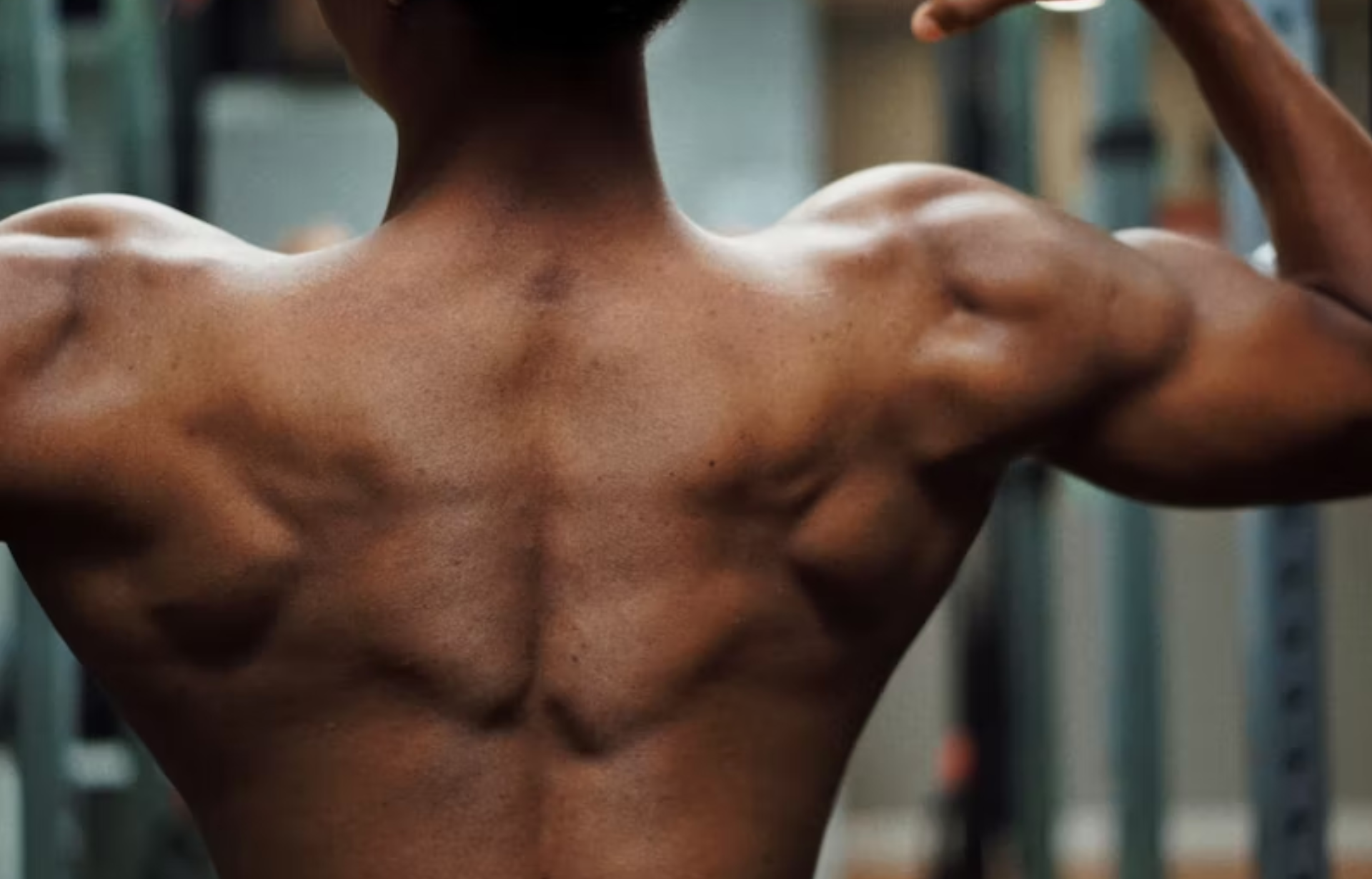What is Sports Physiotherapy?
Sports physiotherapy is a specialized branch of physiotherapy that focuses on the prevention, assessment, treatment, and rehabilitation of sports and exercise-related injuries. Unlike general physiotherapy, which addresses a wide range of conditions, sports physiotherapy specifically targets the unique needs of athletes and sports enthusiasts. Sports physiotherapists possess specialized knowledge and skills to manage sports injuries, optimize athletic performance, and implement injury prevention strategies. They are adept at understanding the physical demands of various sports and tailoring their treatments to meet the specific requirements of athletes, from amateurs to professionals.
How Physiotherapy Prevents Sports Injuries
Physiotherapy plays a crucial role in preventing sports injuries through a combination of injury risk assessment, personalized exercise programs, and education.
Injury Risk Assessment
Physiotherapists begin with a thorough injury risk assessment, identifying potential weaknesses and imbalances that could lead to injuries. This assessment includes evaluating an athlete’s biomechanics, flexibility, strength, and overall physical condition.

Personalized Exercise Programs
Based on the assessment, physiotherapists design personalized exercise programs tailored to each athlete’s needs. These programs often include specific exercises and techniques aimed at enhancing flexibility, strength, and stability. Examples include:
- Warm-up routines: Activities that prepare the body for physical exertion, reducing the risk of strains and sprains.
- Stretching: Techniques to improve muscle flexibility and joint range of motion.
- Strengthening exercises: Targeted exercises to strengthen muscles and support structures vulnerable to injury.
Injury Prevention Techniques
Physiotherapists also educate athletes on proper techniques and practices to avoid injuries. This education encompasses proper body mechanics, appropriate training methods, and effective recovery strategies. By integrating these practices into their routines, athletes can significantly reduce their risk of injury and enhance their performance.

Physiotherapy’s Role in Sports Injury Rehabilitation
Physiotherapy offers a comprehensive approach to sports injury rehabilitation, ensuring athletes recover fully and return to their sport stronger and more resilient. The rehabilitation process can be divided into three main stages:
Acute Stage
In the acute stage, the primary focus is on managing pain and inflammation. This stage typically lasts for a few days to a week, depending on the severity of the injury. Physiotherapists employ various modalities to alleviate symptoms and protect the injured area:
- Ice Therapy: Application of ice packs helps to reduce swelling and numb the affected area, providing pain relief.
- Compression: Using elastic bandages or compression garments helps control swelling and support the injured tissue.
- Elevation: Keeping the injured area elevated reduces blood flow to the area, decreasing swelling.
- Electrotherapy: Techniques such as Transcutaneous Electrical Nerve Stimulation (TENS) and ultrasound therapy are used to reduce pain and promote tissue healing.
- Rest and Immobilization: Limiting movement of the injured area to prevent further damage and facilitate the initial healing process.

Subacute Stage
During the subacute stage, which can last from a few days to several weeks, the emphasis shifts to restoring movement and initiating gentle exercises. The goals are to reduce stiffness, improve mobility, and begin the rebuilding of strength and flexibility. Treatment modalities include:
- Manual Therapy: Techniques like massage, joint mobilization, and soft tissue manipulation help improve circulation, reduce stiffness, and enhance mobility. These hands-on techniques are crucial for breaking down scar tissue and adhesions that may form during the healing process.
- Therapeutic Exercises: Controlled movements designed to rebuild strength, flexibility, and coordination. These exercises are carefully progressed to avoid overloading the injured tissues while promoting gradual improvements. Examples include:
- Range of Motion Exercises: Gentle movements to maintain and improve joint flexibility.
- Stretching: To enhance flexibility and reduce muscle tightness.
- Strengthening Exercises: Light resistance exercises targeting the injured area and surrounding muscles to restore strength and stability.
Chronic Stage
In the chronic stage, which can last for several weeks to months, physiotherapists concentrate on advanced rehabilitation exercises to restore full function and performance. This stage focuses on preparing the athlete to return to their sport and preventing re-injury. Key components include:
- Strength and Conditioning: Intensive exercises aimed at rebuilding muscle strength and endurance. This involves progressive resistance training tailored to the athlete’s sport-specific needs.
- Functional Training: Sport-specific drills and activities that simulate the movements and demands of the athlete’s sport. This helps in refining neuromuscular control, coordination, and agility. Examples include:
- Plyometric Exercises: Dynamic movements that enhance explosive power and agility.
- Balance and Proprioception Training: Activities that improve the body’s ability to sense its position in space, crucial for preventing future injuries.
- Endurance Training: Aerobic exercises to restore cardiovascular fitness and stamina, ensuring the athlete can perform at their best for extended periods.
Individualized Treatment Plans
Throughout the rehabilitation process, individualized treatment plans are crucial. Physiotherapists continuously monitor progress and adjust programs to meet the evolving needs of each athlete. This personalized approach ensures optimal recovery by addressing specific weaknesses and imbalances, providing tailored strategies for injury prevention, and enhancing overall performance.
- Regular Assessments: Ongoing evaluations to track progress and make necessary adjustments to the rehabilitation plan.
- Goal Setting: Establishing short-term and long-term goals to motivate and guide the athlete through their recovery journey.
- Education and Self-Management: Teaching athletes about their injury, recovery process, and preventive measures to empower them to take an active role in their rehabilitation and long-term health.
By employing a comprehensive and individualized approach, physiotherapy not only aids in the physical recovery from sports injuries but also contributes to the psychological well-being of athletes, helping them regain confidence and return to their sport with renewed vigor.
Specialized Techniques in Sports Physiotherapy
Sports physiotherapists utilize advanced techniques to complement traditional treatment methods, providing holistic care to athletes. Some of these techniques include:
Kinesiology Taping
Kinesiology taping involves applying elastic tape to support muscles and joints without restricting movement. It aids in reducing pain, improving circulation, and enhancing performance.
Dry Needling
Dry needling uses fine needles to target trigger points in muscles, relieving pain and promoting healing. It is particularly effective for treating muscular pain and dysfunction.
Myofascial Release
Myofascial release focuses on releasing tension in the connective tissues (fascia) to improve mobility and reduce pain. This technique is beneficial for addressing tightness and restrictions caused by injury or overuse.
These specialized techniques, combined with traditional physiotherapy methods, provide comprehensive care that addresses both the physical and functional aspects of sports injuries. By integrating these advanced approaches, sports physiotherapists help athletes achieve optimal recovery and peak performance.
At Focus Physiotherapy, we are dedicated to helping athletes and sports enthusiasts prevent injuries, recover from setbacks, and achieve their full potential. Visit our website to learn more about our sports physiotherapy services and take the first step towards a healthier, more resilient you.


